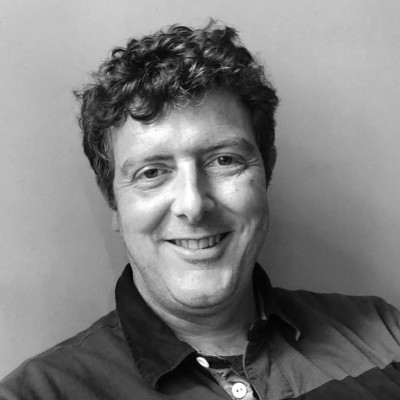- Video Library
- Matt Curran, Nanoflex Robotics - Remote Robotics Solutions | LSI USA '24
Matt Curran, Nanoflex Robotics - Remote Robotics Solutions | LSI USA '24

Matt Curran
My passion is for finding opportunities to grow business, bring innovations to the market and build successful teams. A senior business leader with over 20 years of experience in sales, marketing, organisational development, strategy and business leadership positions within the medical device industry. I have been particularly successful in launching new products in the market from robotic surgery systems, active implantable cardiac and neuro devices, surgical software to high volume disposables.
Key words: Sales - Marketing - Sales management - Marketing management - P&L management - Business development - Surgical Robotics - Surgical imaging - Spine - Neurosurgery - Cardiology - Digital Marketing - Omni Channel - Capital Sales - Product Launch - Talent Development - Business Development - Business Strategy - Leadership - Strategic Planning - Change Management
Matt Curran
My passion is for finding opportunities to grow business, bring innovations to the market and build successful teams. A senior business leader with over 20 years of experience in sales, marketing, organisational development, strategy and business leadership positions within the medical device industry. I have been particularly successful in launching new products in the market from robotic surgery systems, active implantable cardiac and neuro devices, surgical software to high volume disposables.
Key words: Sales - Marketing - Sales management - Marketing management - P&L management - Business development - Surgical Robotics - Surgical imaging - Spine - Neurosurgery - Cardiology - Digital Marketing - Omni Channel - Capital Sales - Product Launch - Talent Development - Business Development - Business Strategy - Leadership - Strategic Planning - Change Management

17011 Beach Blvd, Suite 500 Huntington Beach, CA 92647
714-847-3540© 2025 Life Science Intelligence, Inc., All Rights Reserved. | Privacy Policy







